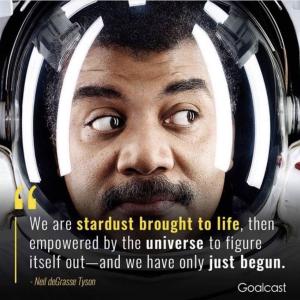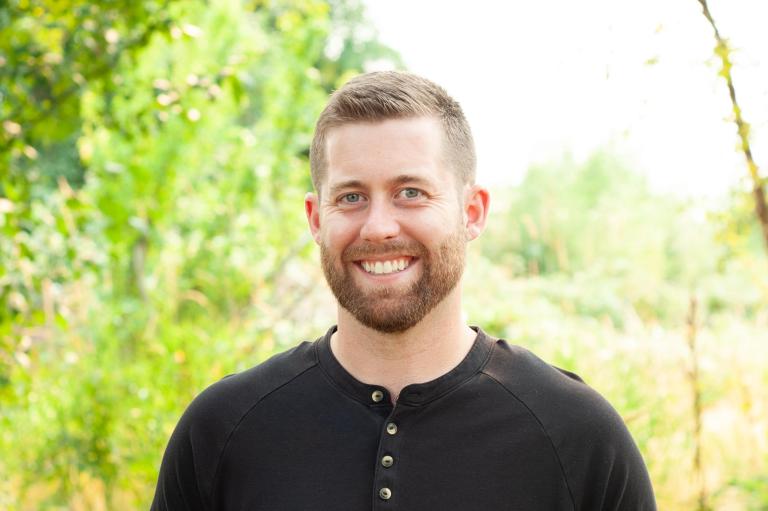
Holy Week has historically been my favorite part of the Christian calendar; it’s earthy, emotional, raw, and real. There is a story told of steadfastness, rejection, humiliation, loss, waiting, and finally some form of rebirth – of new things coming. It’s a story I can see myself in and can therefore be moved by – I’ve experienced all of those things, large or small, at some point in my life; we all have.
Rather than a tale of one man, it feels more like an archetypal story that invites us into our own experience of going through death and change and becoming transformed by it. But it’s not just an individual and personal story – it’s deeply communal. The death and resurrection experience reminds us of our interconnectedness with each other and with nature; our very existence is predicated on all that has gone before us.
Or, in the formal and elegant words of my 2019 self:
“Resurrection isn’t about a dude long ago getting his Gandalf moment. Resurrection is the nature of our entire reality: constant death and constant renewal. We are here because someone and something else was. Pretty cool.”
Or in the words of Richard Rohr:
“Resurrection and renewal are, in fact, the universal and observable pattern of everything.”
Read more from Richard Rohr on this topic.
Want inner work guidance in your email every week?
Join 471+ folks receiving The Wednesday 1-2-3, my weekly email offering one contemplative and embodied teaching, two questions for your inner work, and three resources to go deeper.
Resurrection as a Universal Pattern
For the past four years, I have had an Easter ritual: I post the same image on Instagram:

Isn’t this wonderfully true? There is a mysterious elegance in seeing the world through the scientific and molecular lens; it becomes clear very quickly how related and familial we are as a human species. In fact, this relatedness stretches beyond our species as all living forms on earth share the same common building blocks of life – we are made up of the same “stardust” as everyone and everything else.
We are because someone or something else was.
The act of resurrection, of death becoming transformed life, is the pattern of all reality – it’s the way this whole thing works, which means it’s the way the Divine works, too. All of life, constantly adventuring through itself, falling and rising, dying and being part of something new coming forth. From the molecular to the cosmic level, this pattern is the lifeblood of our entire existence.
In the Christian scriptures, the phrase (or some version of it) “do not be afraid” over and over and over again. (Some people say it’s mentioned 365 times, but that isn’t quite right.) In other words, the most repetitive teaching in this religious text is about living fully, without fear. It makes me shake my head for the ways we’ve used shame and fear to keep people under control and in line.
But the resurrection story is the story of feeling and transcending such fear. It is teaching us “do not be afraid” because this is the pattern of all reality. As we fully experience the deaths of our lives – the pain and sorrow of injustice, of realizing we aren’t who we want to be, the reality of ongoing heartache and heartbreak – we recognize that we too move through and beyond such death and are transformed – changed – by it. We know what resurrection feels like in our own stories, in the right here and right now, if we slow down enough to listen to them.
Read more about my approach to contemplative and embodied spirituality.
Engage with Your Inner Work
Sign up for my free 5-day email series titled 5 Days to Get Off Autopilot: Lessons, Guidance, and Activities for Becoming More Intentional With Your Life.
You can also connect with me on Instagram and through The Wednesday 1-2-3, a weekly email where I share 1 contemplative and embodied practice, 2 questions for your inner work, and 3 resources to step into your communities in new ways.













